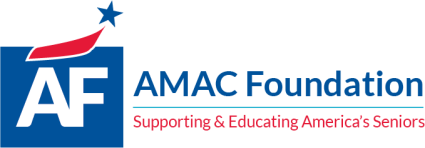The Medicare Part D Prescription Drug Benefit
(Source – Kaiser Family Foundation)
The Medicare Modernization Act of 2003 (MMA) established a voluntary outpatient prescription drug benefit for people on Medicare known as Part D, which went into effect in 2006. All 55 million people on Medicare, including those ages 65 and older and those under age 65 with permanent disabilities, have access to the Medicare drug benefit through private plans approved by the federal government. During the Medicare Part D open enrollment period, which runs from October 15 to December 7 each year, beneficiaries can choose to enroll in either stand-alone prescription drug plans (PDPs) to supplement traditional Medicare or Medicare Advantage prescription drug (MA-PD) plans (mainly HMOs and PPOs) that cover all Medicare benefits including drugs. Beneficiaries with low incomes and modest assets are eligible for assistance with Part D plan premiums and cost sharing. This fact sheet provides an overview of the Medicare Part D program and information about 2016 plan offerings, based on data from the Centers for Medicare & Medicaid Services (CMS) and other sources. Read more…
Kaiser Health News is a nonprofit national health policy news service that is part of the nonpartisan Henry J. Kaiser Family Foundation.
Notice: The link provided above connects readers to the full content of the posted article. The URL (internet address) for this link is valid on the posted date; socialsecurityreport.org cannot guarantee the duration of the link’s validity. Also, the opinions expressed in these postings are the viewpoints of the original source and are not explicitly endorsed by AMAC, Inc.; the AMAC Foundation, Inc.; or medicarereport.org.
